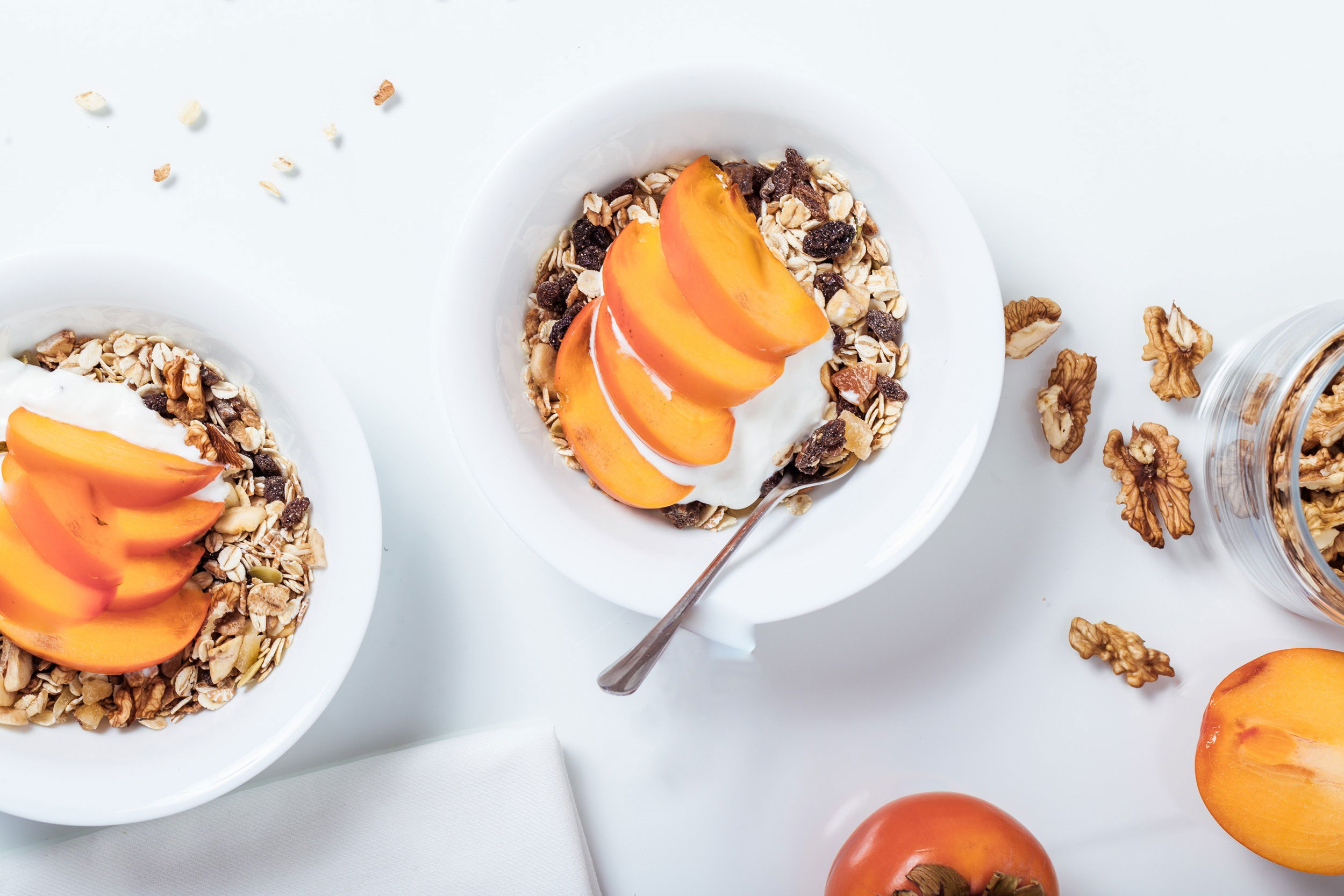The Role of Fiber in a Healthy Diet: Why It Matters
Fiber is an often-overlooked yet essential component of a healthy diet. While it doesn't provide calories or nutrients like other macronutrients, fiber plays a crucial role in maintaining digestive health, promoting heart health, and supporting overall well-being. In this article, we will explore why fiber matters, the different types of fiber, its health benefits, and practical ways to incorporate fiber-rich foods into your diet.
Understanding Fiber
Fiber is a type of carbohydrate found in plant-based foods that the body cannot digest. Unlike other carbohydrates, fiber passes through the digestive system relatively intact, providing numerous health benefits along the way. There are two main types of dietary fiber:
Soluble Fiber: This type of fiber dissolves in water and forms a gel-like substance in the digestive tract. It can help lower cholesterol levels and regulate blood sugar levels. Foods rich in soluble fiber include oats, beans, lentils, fruits, and vegetables.
Insoluble Fiber: Insoluble fiber does not dissolve in water and adds bulk to stool, promoting regular bowel movements and preventing constipation. Whole grains, nuts, seeds, and many vegetables are good sources of insoluble fiber.

The Health Benefits of Fiber
Incorporating fiber into your diet offers a range of health benefits:
Digestive Health: Fiber promotes regular bowel movements and prevents constipation by adding bulk to stool. It also supports a healthy gut microbiome, which is essential for overall digestive health.
Heart Health: Soluble fiber can help lower LDL cholesterol levels (the "bad" cholesterol) by binding to cholesterol particles and removing them from the body. This, in turn, can reduce the risk of heart disease and stroke.
Blood Sugar Regulation: Fiber slows down the absorption of sugar, preventing rapid spikes in blood sugar levels. This can be beneficial for individuals with diabetes or those at risk of developing the condition.
Weight Management: High-fiber foods tend to be more filling, leading to reduced calorie intake and increased satiety. This can aid in weight management and support healthy weight loss.
Reduced Risk of Certain Diseases: Adequate fiber intake has been associated with a lower risk of developing conditions such as type 2 diabetes, certain types of cancer (e.g., colon cancer), and diverticular disease.
How Much Fiber Do You Need?
The recommended daily intake of fiber varies depending on age and gender:
Adult Men (50 years and younger): 38 grams per day
Adult Women (50 years and younger): 25 grams per day
Adult Men (51 years and older): 30 grams per day
Adult Women (51 years and older): 21 grams per day
Unfortunately, most people do not meet their daily fiber requirements. It's essential to gradually increase fiber intake to avoid gastrointestinal discomfort. Drinking plenty of water throughout the day can also help the body process fiber more effectively.
Incorporating Fiber-Rich Foods into Your Diet
Here are some simple and delicious ways to include more fiber in your daily meals:
Start Your Day with Fiber: Choose whole-grain cereals, oats, or whole-grain toast for breakfast. Top with fresh fruits or nuts for an extra fiber boost.
Snack on Fruits and Veggies: Keep a bowl of fresh fruits on your kitchen counter and cut-up vegetables in the fridge for convenient and healthy snacking.
Choose Whole Grains: Opt for whole-grain versions of bread, pasta, and rice. Look for "whole" as the first ingredient on food labels.
Add Legumes to Meals: Beans, lentils, and chickpeas are excellent sources of fiber. Incorporate them into salads, soups, stews, and stir-fries.
Nuts and Seeds: Sprinkle nuts and seeds on salads or yogurt for a fiber and nutrient boost.
Make Smoothies: Blend fiber-rich fruits and vegetables into smoothies for a tasty and nutritious beverage.
Increase Vegetable Portions: Aim to fill at least half of your plate with vegetables during lunch and dinner.

Potential Side Effects and Precautions
While fiber offers numerous health benefits, some individuals may experience bloating, gas, or abdominal discomfort when significantly increasing fiber intake. To minimize these effects, gradually introduce fiber-rich foods into your diet and drink plenty of water. If you have any digestive conditions or concerns, consult with a healthcare professional or registered dietitian before making significant dietary changes.
Conclusion
Fiber is an essential component of a healthy diet, supporting digestive health, heart health, and overall well-being. By incorporating fiber-rich foods like fruits, vegetables, whole grains, legumes, nuts, and seeds into your meals, you can reap the benefits of this vital nutrient. Meeting your daily fiber requirements is a simple yet impactful way to support a healthy lifestyle and reduce the risk of certain diseases.
Sources:
- Mayo Clinic - "Dietary fiber: Essential for a healthy diet" - mayoclinic.org/healthy-lifestyle/nutrition-and-healthy-eating/in-depth/fiber/art-20043983
- Harvard T.H. Chan School of Public Health - "Fiber" - hsph.harvard.edu/nutritionsource/carbohydrates/fiber/
- National Institutes of Health - "Health Benefits of Dietary Fiber" - ods.od.nih.gov/factsheets/Fiber-HealthProfessional/
- American Heart Association - "Whole Grains and Fiber" - heart.org/en/healthy-living/healthy-eating/eat-smart/nutrition-basics/whole-grains-and-fiber